From hefty herbivores to jungle jumbos, discover who's topping the charts when it comes to being the biggest, the tallest and the heaviest of them all.
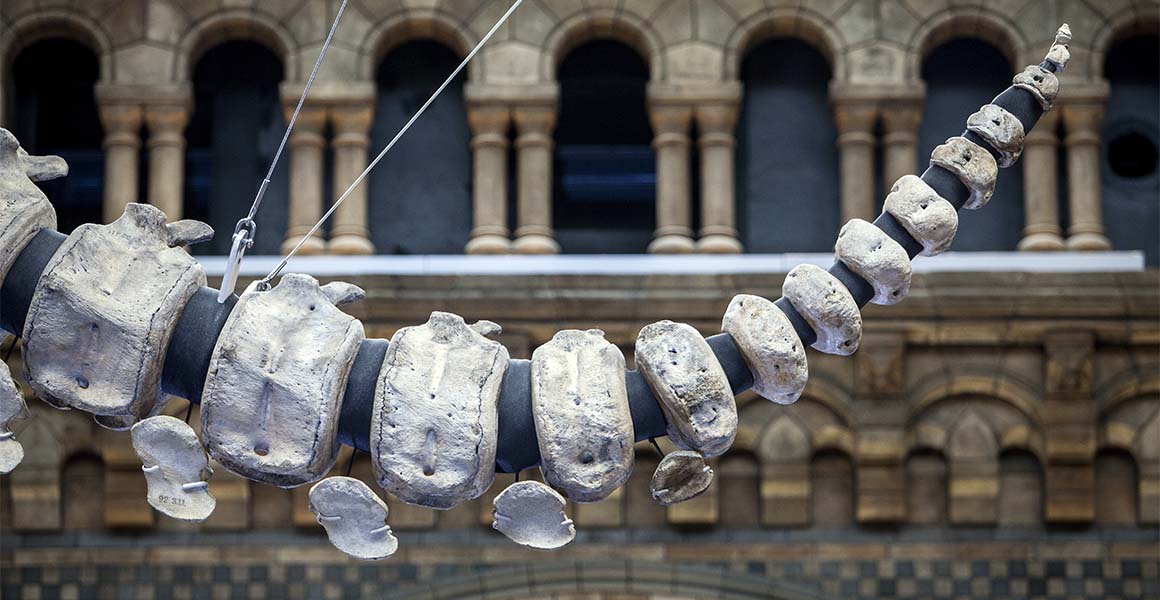
But why do some animals grow so big? What benefits and challenges come with their huge size? And what does the future hold for them? Follow our trail to meet some of world's biggest animals and to find out all about the highs and lows that come with being so big.
1. The World's Heaviest Animal
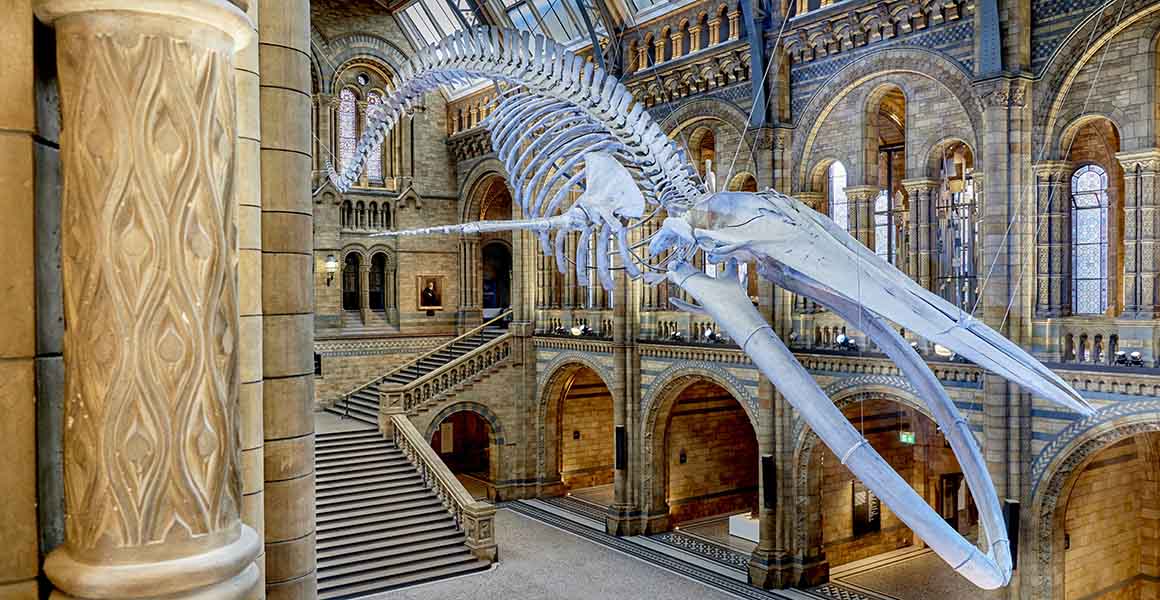
Weighty whales
Blue whales are the heaviest animals that have ever lived! In fact, most are three or four times heavier than the world's biggest dinosaur, and our new guest, Patagotitan mayorum.
These colossal creatures can grow up to 30 metres in length and weigh up to a whopping 180 tonnes. They eat around four tonnes of krill every day to maintain their gigantic size and to keep them warm. Like us, whales are mammals, so when they digest their food, it produces body heat.
But their size can't protect them from everything, especially when it comes to the increasing amount of plastic in our oceans. When swallowed this plastic lodges in their stomachs and intestines, causing blockages and severe pain. Swallowing plastic can kill whales and other sea creatures, even if they are otherwise healthy.
Blue whales are listed as endangered on the IUCN red list, but in recent years their numbers have been growing. However, as plastic continues to flow into our oceans, we could see their numbers drop again.
How can I help?
- To help stop plastic from affecting whales and other sea life, make plastic-free swaps wherever you can. This could be bringing your own bags to the shops, using a reusable water bottle or saying no to straws.
- But what about the plastic already out there? You can help make sure it doesn't get into our seas and oceans by joining a beach or river clean-up to remove it from your local waterways. If there isn't one in your area, why not organise one with your family and friends.
- Try to buy fish and seafood that's been responsibly caught. Practices like trawling not only leave lots of plastic in the ocean, they also often catch other sea creatures along with the one they're meant to be catching. Try to buy line or pole-caught fish, as these methods have less impact on the ocean.
2. The World's Tallest Animal
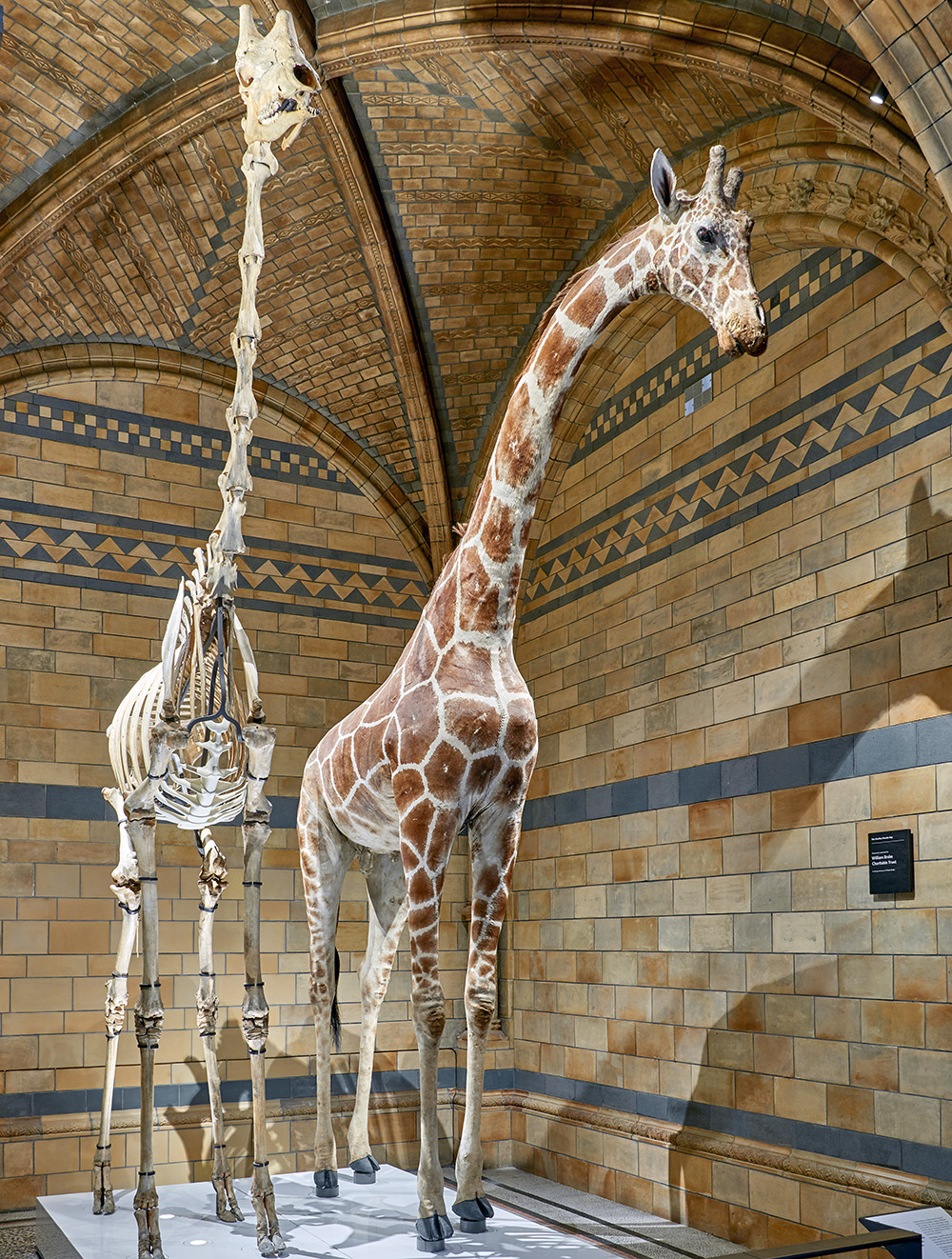
Gigantic giraffes
Giraffes are the tallest animals alive today, with the average male growing up to a staggering 5.5 metres in height. Their long necks not only allow them to eat the leaves of tall trees, they also help them attract a mate. Male giraffes swing their heads into each other's ribs and legs in a behaviour called necking, where those with the longest necks usually win the battle and the female.
Since 1999, giraffe populations have shrunk by almost 40%, mostly because of the actions of people. Our Principal Curator of Mammals Richard Sabin says 'giraffe numbers have been destroyed by illegal hunting, wars and by people moving into the areas where they live'.
With villages and towns getting larger, there's now less space for the giraffes to live in. On top of this, climate change has made their home drier, so the plants they eat can't grow as much, which means there's less food for the giraffes to eat. This along with illegal poaching, which still happens despite laws to stop it, is causing their numbers to drop.
How can I help?
- You can help protect giraffes by supporting projects that replant trees, especially those that plant the giraffe's favourite food - the tasty acacia tree.
- Climate change is causing more droughts in the places where giraffes live. With less water around, the plants there can't grow as much, which means there's less food for hungry giraffes to eat. You can help by doing your bit to slow climate change - try turning the lights off when you leave a room or reusing items rather than buying new ones.
- Lastly, why not join fellow giraffe lovers by becoming a Junior Giraffe Club member. This worldwide youth club is creating a generation of giraffe ambassadors.
3. The World's Largest Turtle
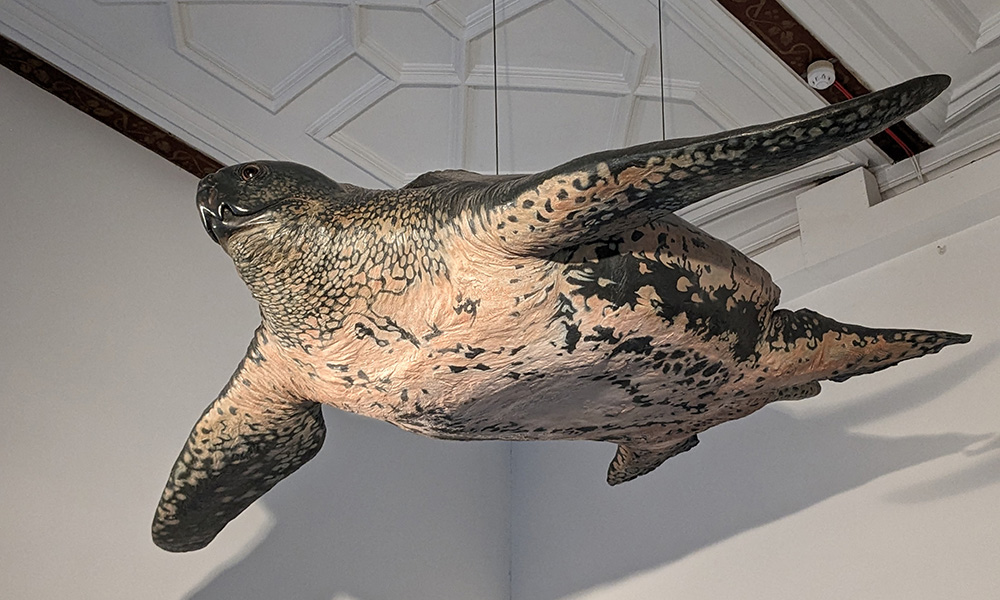
Titanic turtles
The leatherback turtle is not only the deepest diving and widest ranging turtle in the world, it's also the largest, weighing in at a massive 250-700 kilogrammes. That's about the same as four gorillas!
Astonishingly, each year these ocean dwellers swim up to a staggering 12,000 kilometres. They can be found throughout the Atlantic, Indian and Pacific Oceans, from as far north as Canada right down to the southern reaches of New Zealand. Much like blue whales, their large body size enables them to stay warm in cold water.
Leatherbacks can trace their evolutionary roots back more than 100 million years to prehistoric relatives such as Protostega gigas, an extinct sea-turtle that could grow to 4.2 metres, almost the length of two king-size beds.
Despite the fact that they live in many places around the world and can adapt quite well, leatherbacks have continued to decline over the last 20 years. From mistaking plastic bags for the jellyfish they like to eat to getting caught in commercial fishing nets, turtles are increasingly threatened by our behaviour.
How can I help?
- When turtles get caught in commercial fishing nets they often die. You can help by making sure that you don't eat mass-caught fish and seafood.
- Make sure you put balloons in the bin and don't release them into the sky. Released balloons often end up in the sea and turtles end up mistaking them for food and eating them.
- If you're lucky enough to be near a turtle nesting site, make sure you keep your distance. The beach should be clear of deckchairs and other obstacles so that the hatchlings can get to the ocean.
4. The World's Biggest Lizard
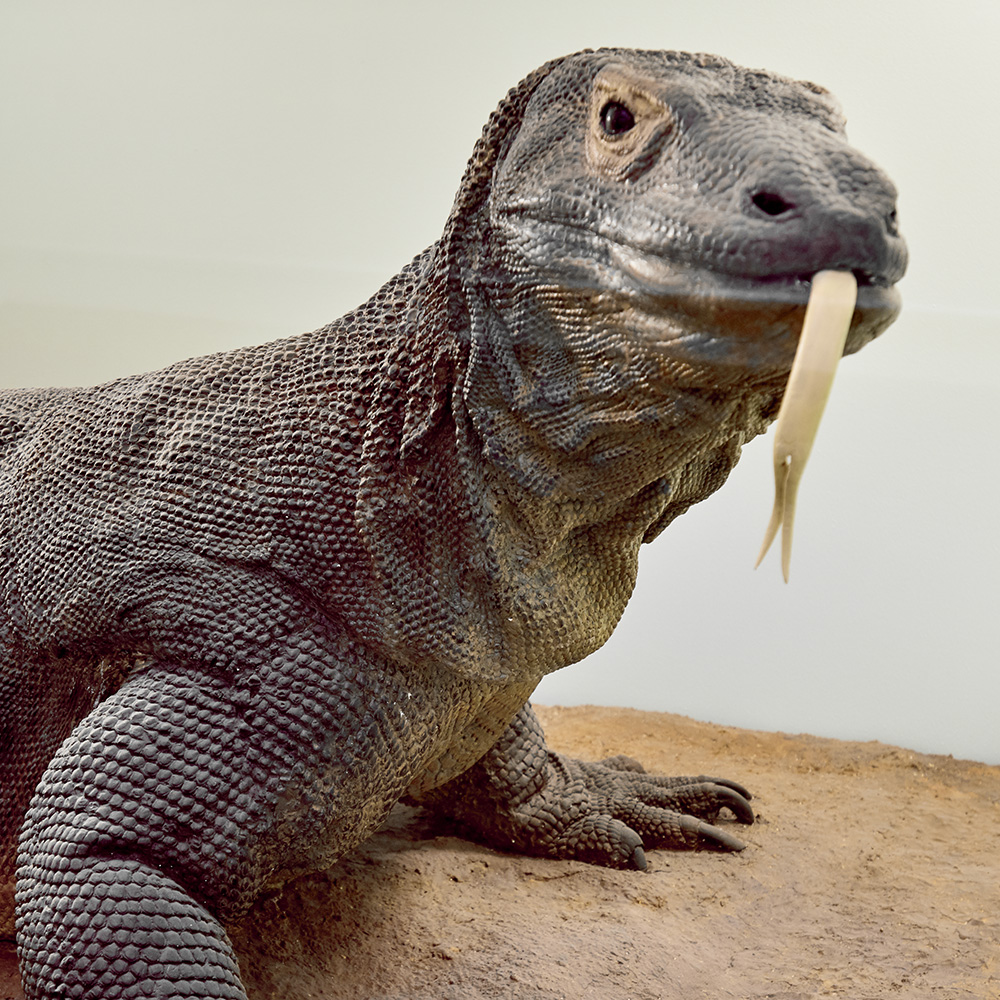
Large lizards
Komodo dragons are the world's largest lizards, growing up to a mighty 3 metres in length.
We used to think that Komodo dragons grew so large because of the island effect. This is when a species ends up stuck living on an island and over generations gets larger or smaller compared to their relatives living on the mainland.
However, we recently discovered that Komodo dragons originally came from Australia, so it's not the island effect that made them get so large. In the past, Australia has been home to many large lizard species, including the largest land-living lizard ever known - the five-metre-long megalania, Varanus prisca.
Nowadays there are less than 1,400 adult Komodo dragons in the wild, living on just a few small islands in Indonesia. However, if sea levels continue to rise because of climate change then these islands will end up under water and the Komodo dragons will lose their home. This could spell the end for this prehistoric species!
How can I help?
- Combatting global warming will help to slow sea level rise, which in turn will protect the islands where the Komodo dragon lives. To slow down global warming, we need to reduce the amount of carbon dioxide going into the atmosphere.
- Try to use public transport on days out or head out on foot on shorter trips. Shop locally to reduce the distance your food travels. Transporting food long distances has a hefty carbon footprint, meaning it releases lots of carbon dioxide. Swap imported food for locally sourced items with a lower carbon footprint.
- Making new plastic produces greenhouse gases that contribute to global warming. Try to turn down plastic wherever you can.
5. The World's Heaviest Shell
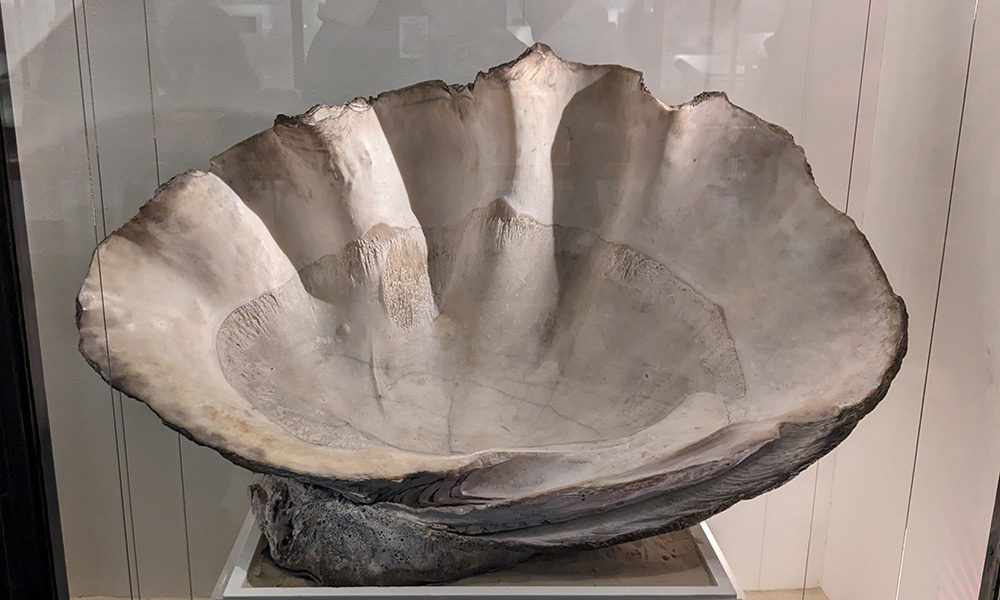
Colossal clams
Giant clams have the world's heaviest shell, reaching up to 1.4 metres in length and weighing more than 220 kilogrammes.
Their impressive size is partly due to the tiny algae that live inside their bodies. These algae provide the clam with additional nutrients. In return the clam provides the algae with a safe home, opening its shell during the day so the algae can photosynthesise in the sunlight. With this efficient symbiotic relationship that benefits both the clam and the algae and an average life span of around 50 years, it's no wonder these bottom dwellers grow so large.
Giant clams live in the coral reefs around the Pacific and Indian Oceans and are affected by the climate becoming warmer and the oceans becoming more acidic. On top of this, their eye-catching shells are prized by aquariums and people who sell shells and their adductor muscle is considered a delicacy in some countries. Some species of giant clam have even become locally or nationally extinct because they've been taken from the oceans to either be eaten or sold.
How can I help?
- Many of the creatures that live in our seas and oceans that we like to eat are at risk because we catch too many of them. You can help by reducing the amount of seafood you eat and by eating different seafood, so it's not just the same species that's always being caught.
- You can also help protect giant clams and other sea life by not buying shells as souvenirs when you go on holiday. Why not consider taking a photo instead.
- In order to stop the oceans getting warmer and more acidic, we need to slow down climate change and keep global warming below 1.5°C.To help, take steps to reduce your carbon emissions by using less energy, recycling and taking public transport.
6. The World's Largest Primate
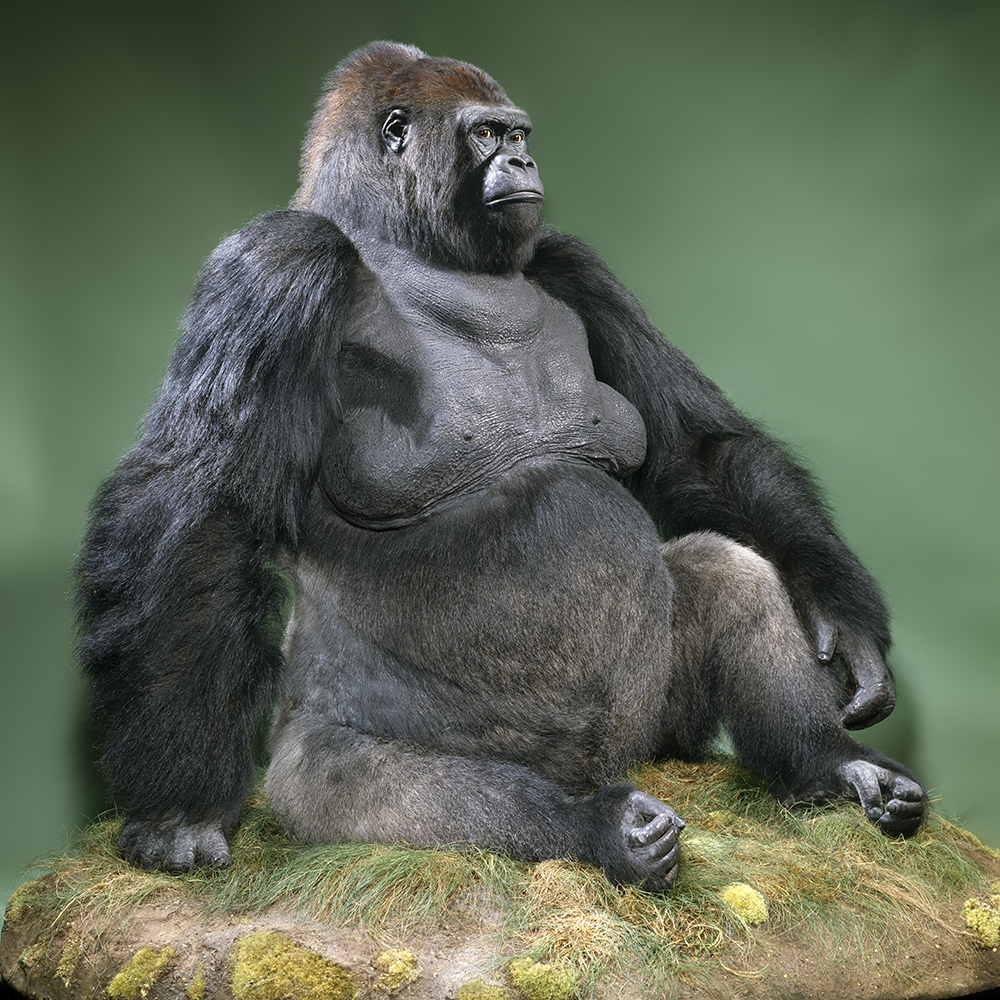
Gargantuan gorillas
Gorillas are the world's largest primates, growing to be around 1.7 metres tall. They're also one of our closest living relatives and we share around 98% of our DNA with them.
Both Western and Eastern gorillas are at risk of going extinct. The forests they live in are being cut down to make way for farming, leaving just a few small pockets near the equator in Africa where they can live. On top of this, mining, poaching and wars are putting further pressure on them.
All this means gorillas end up living closer to people, which puts them even more at risk because they can catch our viruses and diseases. In 2021 two captive gorillas in San Diego tested positive for COVID-19. With female gorillas only give birth every 4-6 years, this slow birth rate makes it difficult for gorilla numbers to recover.
But there is hope for these giant apes! Conservation efforts are starting to make a difference and in 2018 the Eastern gorilla subspecies the mountain gorilla was moved from critically endangered to endangered on the IUCN red list.
How can I help?
- If you go on holiday, make sure you support sustainable and responsible tourism. Try to travel with companies that support wildlife conservation projects.
- If you're ever lucky enough to see a gorilla in the wild, make sure you don't get too close. If you're sick don't go near them, as they could catch your illness.
- Electronics are made using minerals like coltan. Mining for these minerals often means digging up the forests where the gorillas live. This forces them to move away and find a new home, which often brings them into contact with hunters. You can help by recycling your old or broken electronics so that we don't need to mine for more minerals.
Be part of something big
Become a Museum Member and enjoy colossal benefits like free exhibition access and exclusive events. Your support helps us work for a future where people and planet thrive.